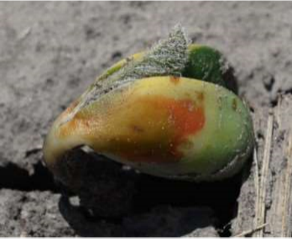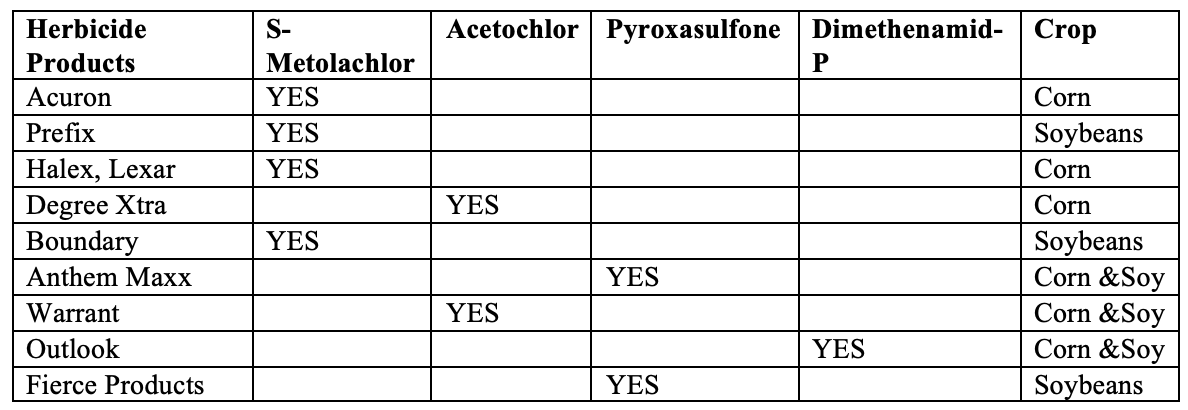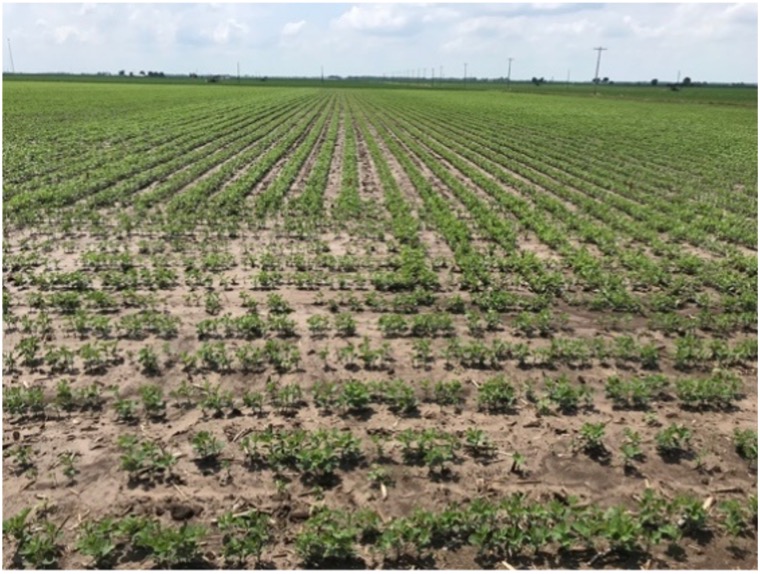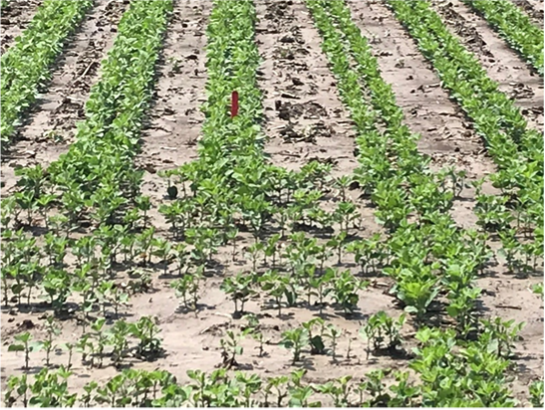The 2021 planting season has begun in many counties across Illinois which means a new year is beginning for fresh thoughts and ideas. The first two weeks of April provided dry soils for planting, tillage, NH3 application and spring herbicide burndowns. However, recent rains have brought field activity to a strong stop. Now is a great time to reevaluate your herbicide program for the coming spring.
Over the past five years, I have started taking a larger role in herbicide programs. I did this because there was an increasing number of producers asking if we had been successful on our fields and I knew I had a problem. Frankly, I had a boatload of problems.
Some of those problems included:
- Weed pressure
- Weed populations becoming thicker, taller, and more competitive with crops
- Difficulty terminating weeds
- The need to make some adjustments or face very serious resistant issues in the near future.
During this time, many soybean producers (traited & conventional) were sharing their experiences, concerns and success stories for keeping soybean field clean, especially in non- GMO systems. This sparked my interest to better understand their current programs. From these conversations, I took a deeper dive into understanding individual herbicide A.I., such as how they worked and potential limitations.
One situation that caught my attention was when a producer had been using the same, three A.I. for several consecutive rotations of corn and soybeans (S-Metolachlor, Topramezone, and Fomesafen) and wasn’t aware of the overlap. Using the same herbicide programs on a large percentage of acres may result in weed escapes and resistance.
Tips to ensure successful pre-emergence applications:
- If you can use it post-emerge, don’t use it pre-!
Even if you have traited soybean, we have very few options post-emerge, so it’s important not to limit yourself. This is where Authority, Fierce, Sencor and Yellows really shine best.

“PPO injury on emerging soybeans will likely be minimal if growing conditions do not deteriorate following the injury. Since there is no injury to the top side of the cotyledons plant development should continue normally in average to beneficial growing conditions.” 1/14/2020
PPO-Inhibiting Herbicides And Soybean Seedling Injuries
- Pay Attention to Labels and Rotate your Group 15 Products
Metolachlor is usually the culprit in this scenario. It’s recommended that if used in a corn program, then it should not be considered for the following soybean program. Zidua and Outlook are good soybean candidates for this reason.
Example Herbicide Products that utilize Site of Action Group 15

Information sourced from product labels.
- Single Mode of Actions
When possible, I use single mode of action jugs so that at all times I know what I used, how much I used, and when I used it. This also simplifies why a product is in the program. Yes, it might mean more tank mixing but it has paid off for me. Digital ag has made this a lot easier to do as well for tracking specific herbicide application by field.
- Layer and Overlap Residuals
Look into how long your residual components last. In my mind, 21 days is simply too narrow of a window in the spring to guarantee I will be back to spray again. Sulfentrazone (70 days), Metribuzin and Trifluralin (rain fall dependent) layered together all give a great window to come back and post.


Conventional soybeans with one month weed control with Authority MTZ and Trifluralin applied pre-emergence. Photos: Jared Greuel
Considerations
- Start tracking your herbicide products and the site of action that is being used for both corn and soybeans. Make sure you’re not utilizing the same Group 15 for too many consecutive rotations (corn and soybeans). You may have changed the product name, but it could be the same residual A.I.
- Look into other residual A.I.s for pre-emergence programs such as: Sulfentrazone, Flumioxazin, Trifluralin and Pendimethalin
- Scout your problematic fields at 14, 18 and 21 days pre-emerge. If you are using single residual A.I. programs and find escapes earlier than the A.I.’s residual length, you already have a problem.
- Try a new concept on one or two fields that have been challenging.
Our ultimate goal with waterhemp is to attack it when it is most vulnerable. Waterhemp seed in the soil seed bank does not remain viable for very long. If we can keep fields clean of this pest for three or more consecutive years, then we are well on our way to reducing yield impacts. I urge everyone to use a solid pre-emergence program. Waterhemp may not appreciate it but I am sure your soybeans will!
References:
FMC AG USA: Authority Supreme Fact Sheet
BASF: Outlook Herbicide Fact Sheet




 and then
and then